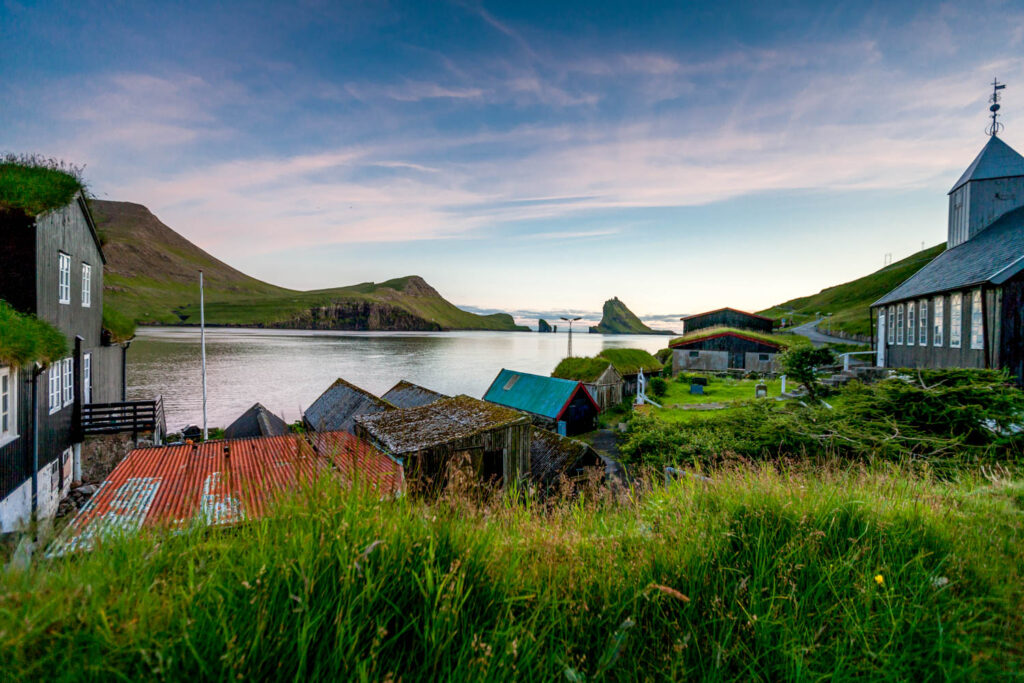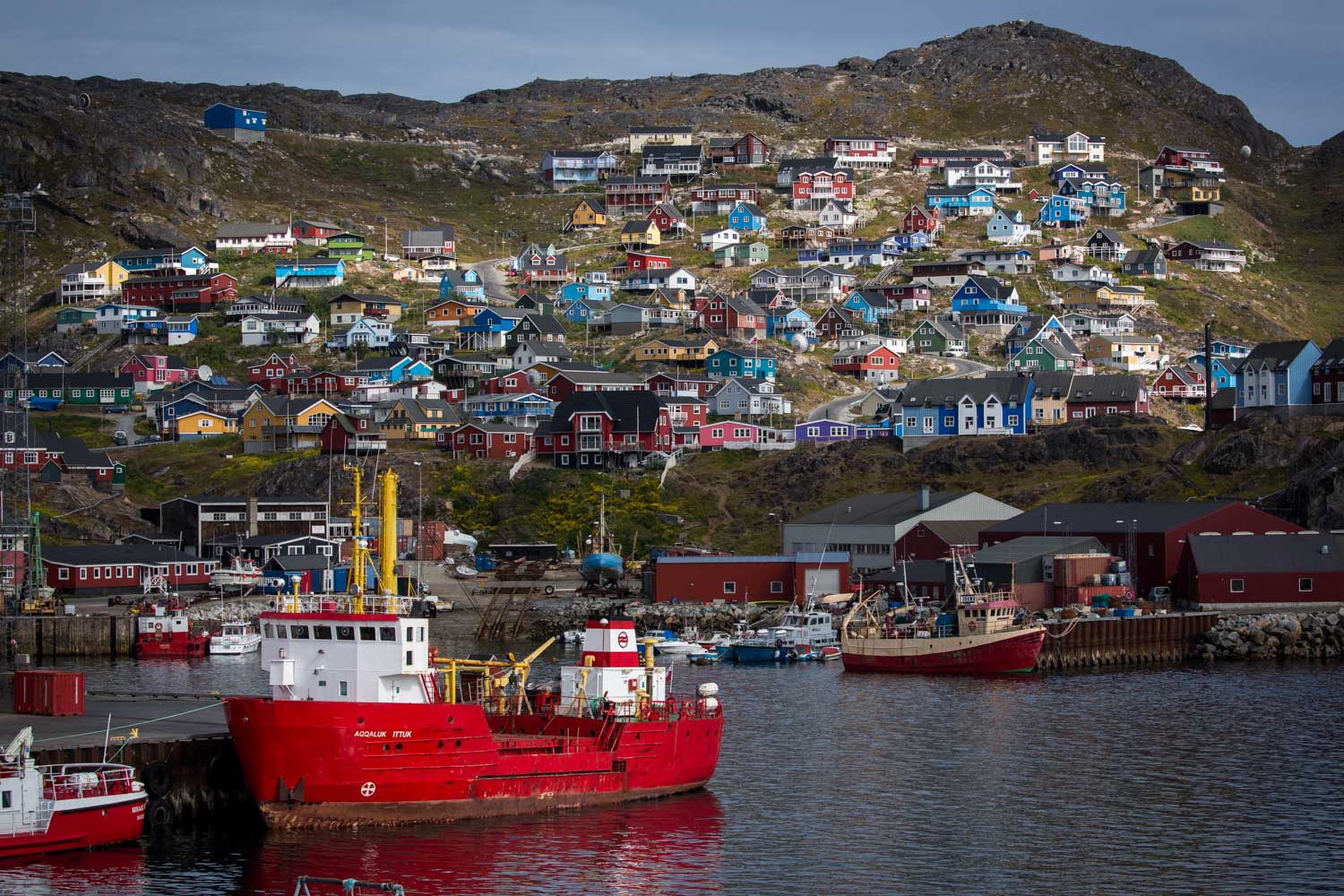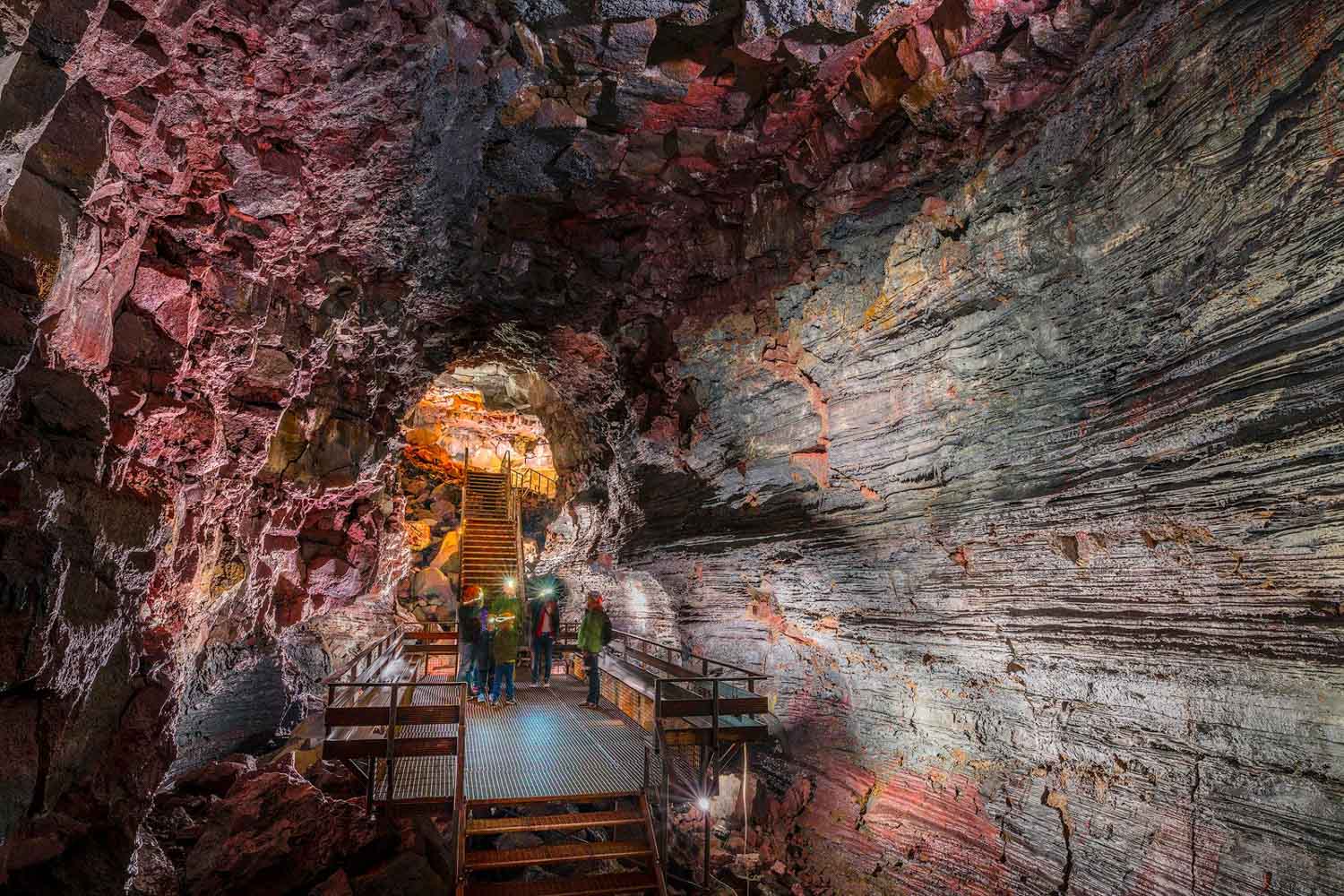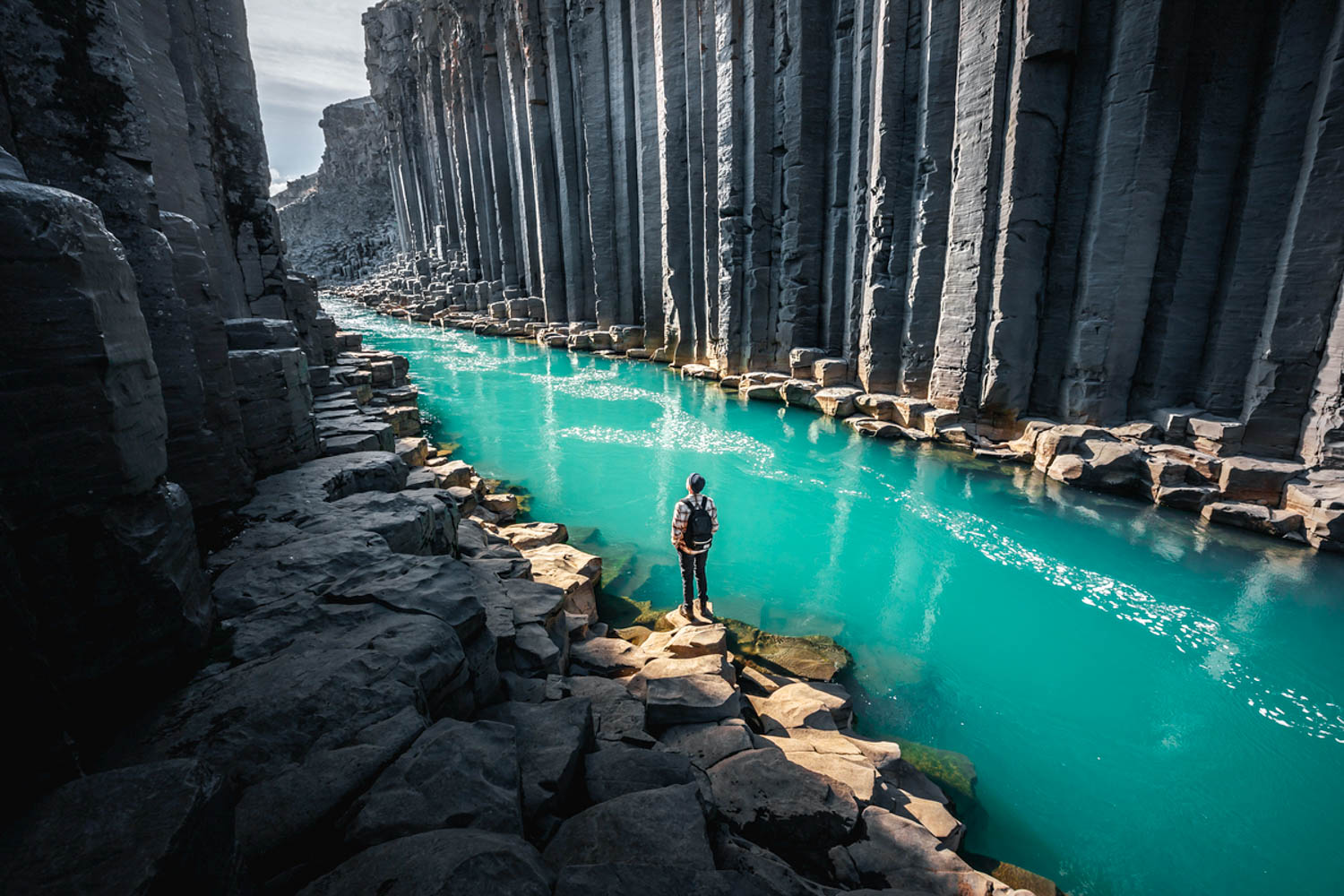A journey through the stunning landscapes of the Faroe Islands
Join us on a journey through the breathtaking landscapes of the Faroe Islands, where you’ll experience local culture, meet locals, and explore the stunning scenery from both land and sea.
Dates: 03 - 05 October
Departure
Date: 03 October
Time: 09:00
Location: KEF to FAE
Return
Date: 05 October
Time: 14:30
Location: FAE to CPH
Participants
Min: 4
Max: 12
Price
EUR: 400
ISK: 60000
What's included
- Transfers all days
- English-speaking guide all days
- Coffee/tea & refreshments
- Tasting
- 1 night incl. breakfast at Hotel Vágar (single use)
- Lunch x 3
- Hiking
- 2x Evening dinners incl. beverages
- 1 night in Hotel Djurhuus (single use)
- Boat tour
What's not included
- Extra beverages for dinner & tours, if needed.
Deviation / Please note
In case of weather disruptions, alternative indoor cultural experiences and adjusted flight plans are in place. South Greenland weather in October is crisp and shifting – a part of the experience itself.
Tour description and schedule
Day 1 – Arrival
We arrive at Vágar Airport around 11:30.
Upon arrival, we will meet and greet our guide and the GreenGate staff. Our tour begins on the island of Vágar, where we’ll visit the charming village of Bøur. Lunch will be served at a local restaurant.
After lunch, we head to Vestmanna for a boat tour to the famous Vestmanna Cliffs. We’ll sail close to towering vertical cliffs, venture into sea grottos, and navigate narrow sounds – a truly unforgettable experience. Don’t forget your camera!
On our way back from Vestmanna, we’ll stop at a historic Viking farmstead in the picturesque village of Kvívík, where we’ll explore an ancient excavation site featuring Viking longhouses.
We check in at Hotel Vágar around 18:00, and dinner will be served at approximately 19:00.
Day 2
Breakfast is served in the hotel restaurant from 06:00.
We begin the day at 08:30 by checking out of the hotel and loading the bus.
Today promises a mix of exciting adventures and short hikes. We start by driving to Tórshavn or Hoyvík, where the morning will be filled with active experiences—some of which may even challenge your limits.
Packed lunch will be enjoyed on-site before we continue our journey to Eysturoy, crossing through the subsea tunnel featuring the famous jellyfish roundabout.
On Eysturoy, we visit the charming village of Gjógv, named after a 200-meter (650 ft) long sea-filled gorge that stretches from the village to the ocean.
Coffee and cake will be served at the cozy local Hotel Gjáargarður.
After leaving Gjógv, we take a scenic drive with a stop at Gjáarskarð. From there, we enjoy a short walk to Hvíthamar, where breathtaking views open up over Funningur and Funningsfjørður.
On our return to Tórshavn via the picturesque Sundalagið route, we’ll make a final stop—if time permits—at the historic whaling station við Áir, the only one of its kind still standing in the Northern Hemisphere.
We check in at Hotel Djurhuus around 18:00.
Dinner will be served at Restaurant Katrina Christiansen at 20:00.
Day 3 – Departure
Explore the rich flavors and heritage of Tórshavn with a local guide, starting from Hotel Djurhuus and visiting some of the city’s most iconic landmarks.
Our first stop is Skansin, the historic fortress overlooking the harbor. From Skansin, we continue on foot to Tinganes – the Old Town. Step back in time as we explore the historic heart of Tórshavn, home to one of the world’s oldest parliaments. Wander through the charming red-roofed houses and enjoy a hearty seasonal dish, followed by a sweet dessert made from local ingredients.
After our walk, the bus picks us up in the city center and takes us to the airport, where we depart for Copenhagen at 14:30.
What to wear and what to bring
- Dress in layers (thermals and wool)
- Good hiking boots
- A warm jacket. Hat and gloves are recommended
- Hiking trousers (preferably not jeans)
- Wind- and waterproofs. Nylon clothing and rainwear are not recommended, as it can be slippery
- Gloves or mittens are also a good idea
What to wear and to bring
- Dress in layers (thermals and wool)
- Good hiking boots
- A warm jacket. Hat and gloves are recommended
- Hiking trousers (preferably not jeans)
- Wind- and waterproofs. Nylon clothing and rainwear are not recommended, as it can be slippery
- Gloves or mittens are also a good idea
What to bring
Tour Contact
Name: Edward Ingebrigtsen Leo
Email: edward@greengate.fo
Phone: +298 350520




